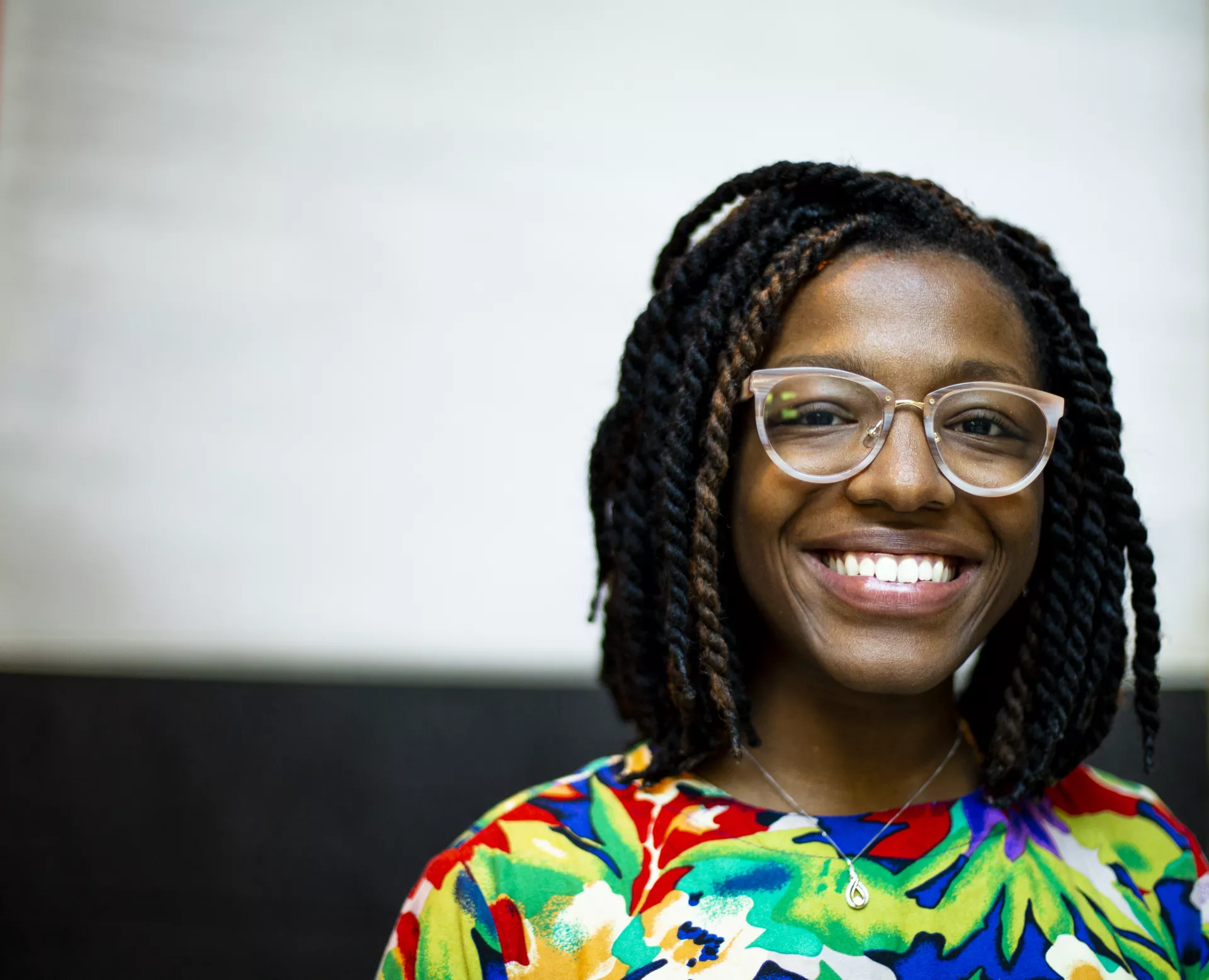The increase in the legal recognition of LGBTQ+ rights over the last decade—as well as the work to accept and celebrate their lives for more than a half century—means that educating our students about the history and realities of LGBTQ+ is essential. In addition, legislation signed last year by Gov. Phil Murphy requires that schools develop curricula that accurately portray the political, economic, and social contributions of persons with disabilities and lesbian, gay, bisexual, and transgender individuals.
In having classroom discussions about LGBTQ+ persons, we cannot ignore the violence and discrimination they have faced and continue to face at the hands of hetero- and cis-normativity, the assumption that only heterosexuality and identifying only by one’s gender as assigned at birth (i.e., cisgender) is normal and superior to other sexual orientations or gender identities.
Many educators may struggle with how to address LGBTQ+ people, their relationships and families at various age levels, but it is vital to understand why we must:
- There are students in your classroom who fall into these identities;
- You will have families that fall into these identities
- LGBTQ+ history is integral to U.S. history.
LGBTQ+ students are at an extreme disadvantage in schools where they are not accepted. In classrooms where educators affirm only opposite-sex relationships and narrowly defined expressions of gender, LGBTQ+ students will feel unheard or inadequate. They will wonder if they should trust or value all of the identities that make them who they are.
As educators, we are charged with guiding students to knowledge, serving them meals or driving their school buses, but we are also charged with keeping them safe physically and emotionally. One way to affirm students’ various identities is to ask ALL students which personal pronouns they identify with—not just the students you suspect may be transgender or gender nonbinary. It’s a simple way of letting LGBTQ+ students know that you’re there for them and modeling the behavior for all students.
LGBTQ+ families are your closest allies in meeting the needs your students. These families exist in a world that legally accepts them but socially does not. Affirming their identities at school reverses the damage of social stigma. If parents feel safe, their children will feel safe. You can help by never assuming a parent or guardian’s sexual or gender identity. If they are LGBTQ+ don’t be overly inquisitive. Wait for them to open up to you. Always ask students for “guardian” information in place of the gendered “mother” and “dad.” This not only affirms families with LGBTQ+ identities but families that may headed by aunts, uncles, grandparents or other caregivers.
Educators need families and families need educators. By affirming their humanity, you will begin to bridge that gap.
LGBTQ+ history is embedded into the foundation of the United States. We can look at the work of trans-activists Marsha P. Johnson and Sylvia Rivera before, during, and after the Stonewall Riots in New York City in 1969, as well as the thousands of marches and protests to further the cause of rights for LGBTQ+ persons and those living with HIV/AIDS. We can honor and celebrate the talented works of LGBTQ+ writers James Baldwin and Audre Lorde, as well as, trans-activist/screenwriter/producer Janet Mock.
The 2020 election provides a lesson as the first to have an openly gay major candidate, Pete Buttigieg. There are also countless other LGBTQ+ politicians who serve at the state and national levels, including Althea Garrison, a Massachusetts politician who identifies as transgender; Kate Brown, the governor of Oregon who identifies as bisexual; Danica Roem, a transgender woman twice elected to the Virginia House of Delegates; and so many more.
As we further our work in the union and in our schools, it is imperative that we pay close attention to the ways in which we interact and advocate for people with LGBTQ+ identities. Be accepting of students regardless of their identities and never make assumptions. Ask questions with compassion but never overstep. Educate yourself on what you do not know.


